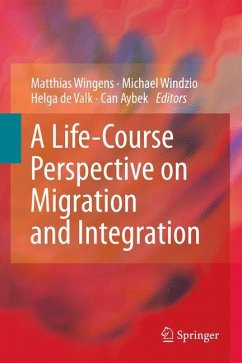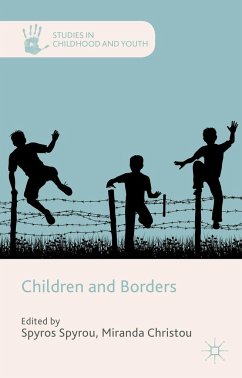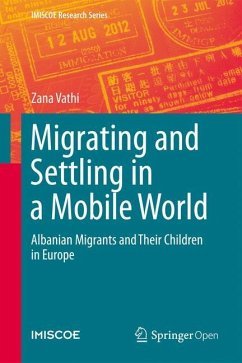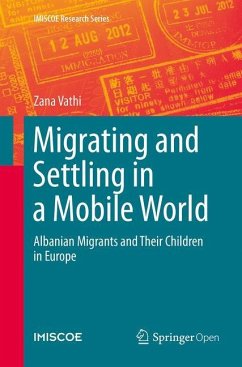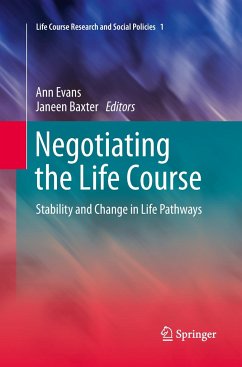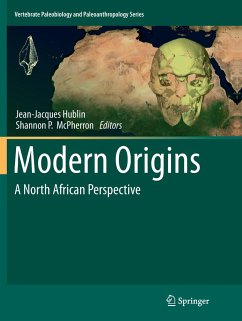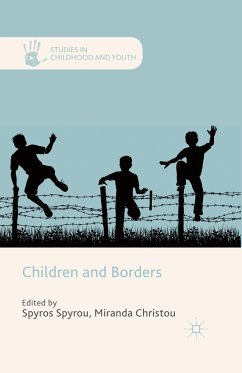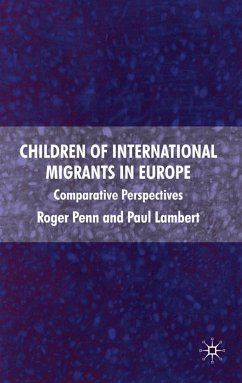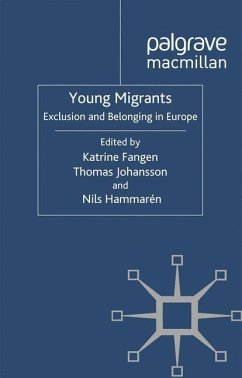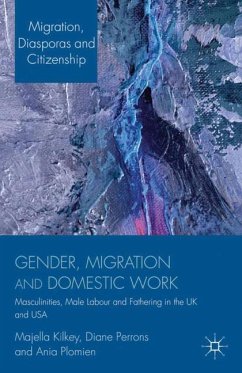
Situating Children of Migrants across Borders and Origins
A Methodological Overview
Herausgegeben: Bolzman, Claudio; Bernardi, Laura; Le Goff, Jean-Marie
Versandkostenfrei!
Versandfertig in 6-10 Tagen
38,99 €
inkl. MwSt.

PAYBACK Punkte
19 °P sammeln!
This open access wide-ranging collation of papers examines a host of issues in studying second-generation immigrants, their life courses, and their relations with older generations. Tightly focused on methodological aspects, both quantitative and qualitative, the volume features the work of authors from numerous countries, from differing disciplines, and approaches. A key addition in a corpus of literature which has until now been restricted to studying the childhood, adolescence and youth of the children of immigrants, the material includes analysis of longitudinal and transnational efforts t...
This open access wide-ranging collation of papers examines a host of issues in studying second-generation immigrants, their life courses, and their relations with older generations. Tightly focused on methodological aspects, both quantitative and qualitative, the volume features the work of authors from numerous countries, from differing disciplines, and approaches. A key addition in a corpus of literature which has until now been restricted to studying the childhood, adolescence and youth of the children of immigrants, the material includes analysis of longitudinal and transnational efforts to address challenges such as defining the population to be studied, and the difficulties of follow-up research that spans both time and geographic space. In addition to perceptive reviews of extant literature, chapters also detail work in surveying the children of immigrants in Europe, the USA, and elsewhere. Authors address key questions such as the complexities of surveying each generation infamilies where parents have migrated and left children in their country of origin, and the epistemological advances in methodology which now challenge assumptions based on the Westphalian nation-state paradigm. The book is in part an outgrowth of temporal factors (immigrants' children are now reaching adulthood in more significant numbers), but also reflects the added sophistication and sensitivity of social science surveys. In linking theoretical and methodological factors, it shows just how much the study of these second generations, and their families, can be enriched by evolving methodologies. This book is open access under a CC BY license



